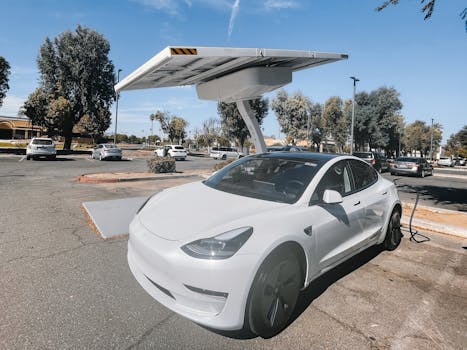
Smart Cities: Urban Trends for 2025
Smart Cities: Urban Trends for 2025 is a concept that has been gaining momentum in recent years. As the world becomes increasingly urbanized, cities are looking for ways to become more sustainable, efficient, and livable. In this article, we will explore the latest urban trends and innovations that are shaping the smart cities of 2025.
Introduction to Smart Cities

A smart city is a city that uses technology and data to improve the quality of life for its citizens. This can include everything from smart transportation systems to energy-efficient buildings. The goal of a smart city is to create a more sustainable, efficient, and livable urban environment.
Key Features of Smart Cities

- Smart Transportation Systems: These systems use data and technology to optimize traffic flow, reduce congestion, and improve public transportation.
- Energy-Efficient Buildings: These buildings use energy-efficient materials and systems to reduce energy consumption and lower greenhouse gas emissions.
- Smart Grids: These grids use advanced technology to manage energy distribution and consumption, reducing waste and improving efficiency.
- Waste Management: Smart cities use technology to optimize waste collection and disposal, reducing waste and improving public health.
Urban Trends for 2025
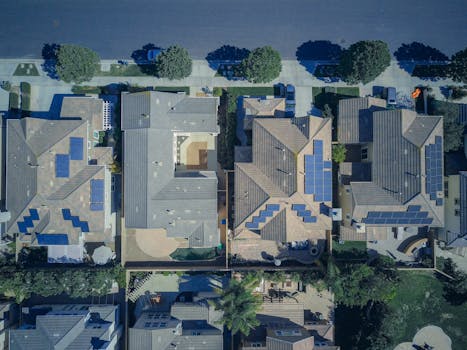
As we look to the future, there are several urban trends that are expected to shape the smart cities of 2025. These include:
Sustainable Infrastructure

Sustainable infrastructure is a key component of smart cities. This includes everything from green buildings to renewable energy systems. Cities are investing in sustainable infrastructure to reduce their environmental impact and improve the quality of life for their citizens.
Smart Mobility
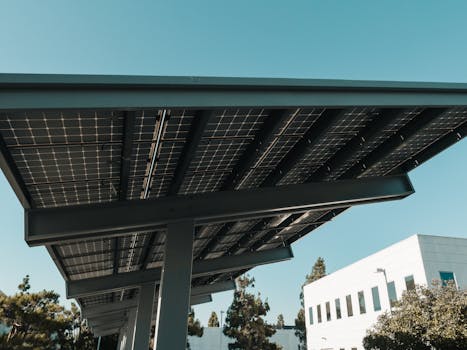
Smart mobility is another key trend in smart cities. This includes everything from electric vehicles to hyperloop systems. Cities are investing in smart mobility to reduce congestion, improve air quality, and enhance the overall quality of life for their citizens.
Internet of Things (IoT)
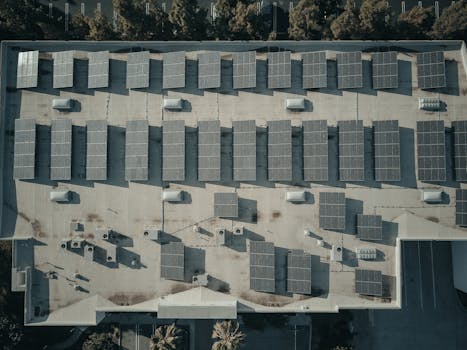
The IoT is a network of physical devices, vehicles, and other items that are embedded with sensors, software, and connectivity, allowing them to collect and exchange data. In smart cities, the IoT is used to manage and optimize urban systems, such as transportation, energy, and waste management.
Benefits of Smart Cities
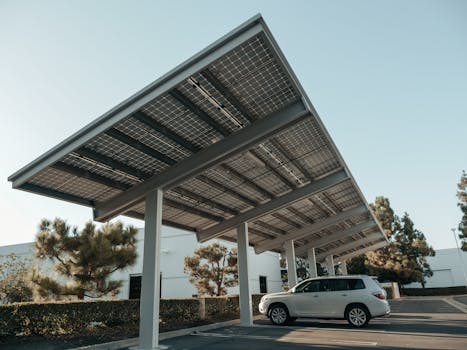
There are many benefits to smart cities, including:
Improved Quality of Life
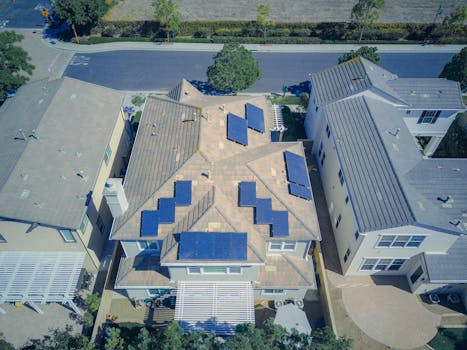
Smart cities can improve the quality of life for their citizens by providing better transportation, energy, and waste management systems.
Increased Efficiency
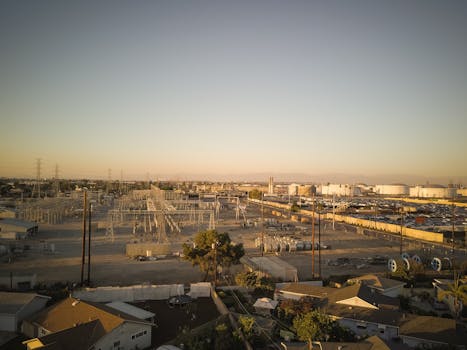
Smart cities can increase efficiency by optimizing urban systems and reducing waste.
Enhanced Sustainability
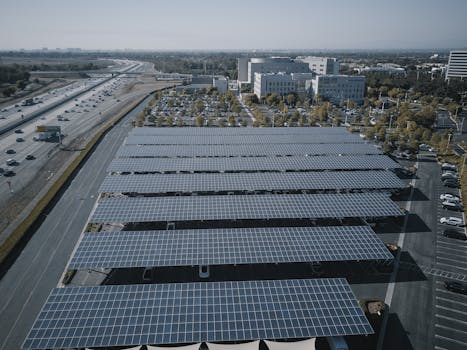
Smart cities can enhance sustainability by reducing greenhouse gas emissions and promoting the use of renewable energy.
Challenges Facing Smart Cities
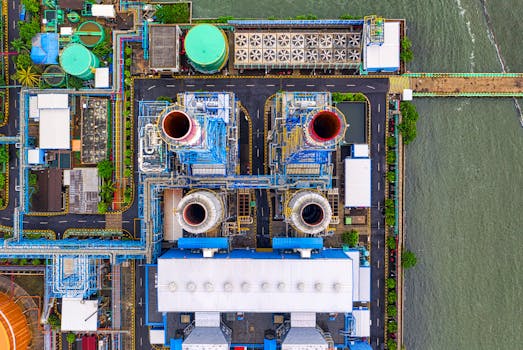
While smart cities offer many benefits, there are also several challenges that they face. These include:
Cybersecurity
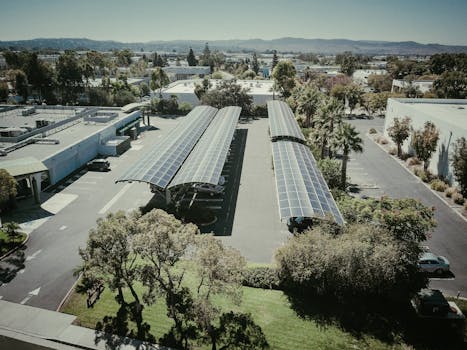
Smart cities are vulnerable to cybersecurity threats, which can compromise the safety and security of their citizens.
Privacy
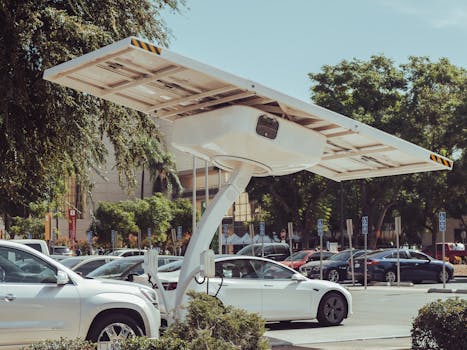
Smart cities often collect large amounts of data, which can raise concerns about privacy and surveillance.
Funding

Smart cities often require significant investment, which can be a challenge for cities with limited budgets.
Conclusion

In conclusion, smart cities are the future of urban development. By leveraging technology and innovation, cities can create more sustainable, efficient, and livable environments for their citizens. As we look to the future, it will be exciting to see how smart cities continue to evolve and improve the quality of life for people around the world.






